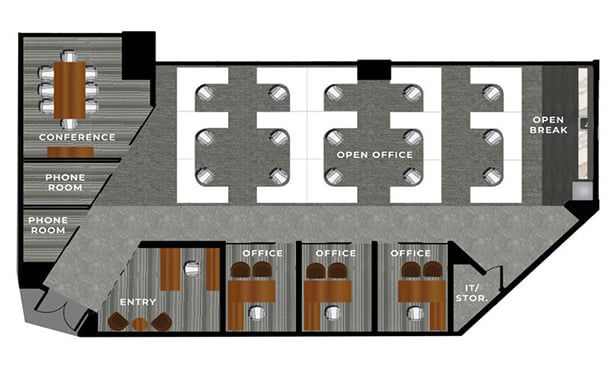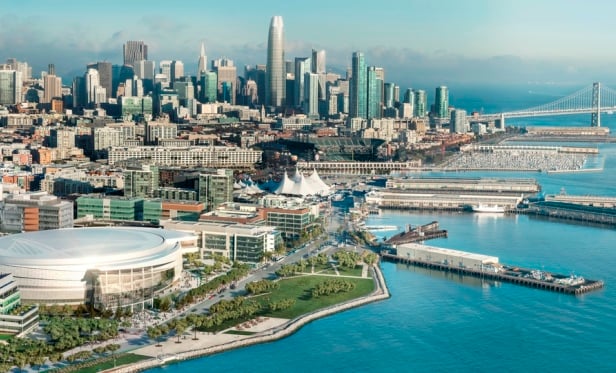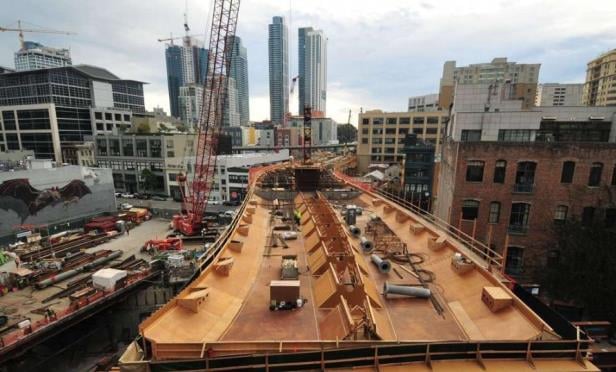PHOENIX—In a good news/bad news indication of the strength of commercial real estate's recovery, consulting firm Rider Levett Bucknall said Monday that US construction spending is at its highest level since 2008. The bad news is that it's due partly to an increase in construction costs during the second quarter. Coupled with other notable increases in 2014, this indicates that “a potential significant uptick in construction costs may be looming,” the firm says in its Third Quarter 2014 USA Construction Report.
“Much of this increase can be attributed to the lack of available skilled construction workers to support increased demand within the industry—a trend that will most likely become more severe as demand continues to grow,” the report states. “As a broader-based recovery for the construction industry continues, it appears that this may come hand-in-hand with increased levels of construction cost escalation which have not been experienced for some time.”
Already, RLB says, the lack of skilled labor is creating a strain on the construction industry in some regions, particularly in the oil boom states and in cities such as New York City and Honolulu. “In order to get ahead of a potentially significant rise in construction costs, developers should begin implementing different strategies now,” says Julian Anderson, president of Rider Levett Bucknall North America. ”Strategies to consider may include early procurement of key inputs, fast tracking of the project and increased focus on cost planning of the project.”
RLB, which tracks construction costs in 12 major US cities, found that between April 1 and July 1, the national average increase in construction cost was 1.38%, the largest increase in the past six years. Boston, New York City, San Francisco and Washington, DC all experienced increases between 1.5% and 1.67% for the period, while Honolulu topped the list with an increase of 3.04%. All other locations experienced gains ranging from 0.69% (Los Angeles) to 1.27% (Chicago), with Denver, Las Vegas, Phoenix, Portland and Seattle each falling somewhere in between.
The firm bases these figures on its Comparative Cost Index, which tracks the "true" bid cost of construction. In addition to costs of labor and materials, it includes general contractor and subcontractor overhead costs and fees. The index also includes applicable sales/use taxes that “standard” construction contracts attract.
“In a 'boom,' construction costs typically increase more rapidly than the net cost of labor and materials,” according to RLB. “This happens as the overhead levels and profit margins are increased in response to the increasing demand. Similarly, in a 'bust,' cost increases are dampened, or may even be reversed, due to reductions in overheads and profit margins.”
Citing figures from the US Department of Commerce, RLB says construction put-in-place during June was estimated at a seasonally adjusted annual rate of $950.2 billion, which is 1.8% below the revised May estimate of $967.8 billion. However, the June figure is up 5.5% year over year from $900.3 billion. The value of construction for the first six months of this year was $445.1 billion, 7.8% above the same period in 2013. Improvements were shown in both private and public construction investment and manufacturing activity.
© Touchpoint Markets, All Rights Reserved. Request academic re-use from www.copyright.com. All other uses, submit a request to [email protected]. For more inforrmation visit Asset & Logo Licensing.







